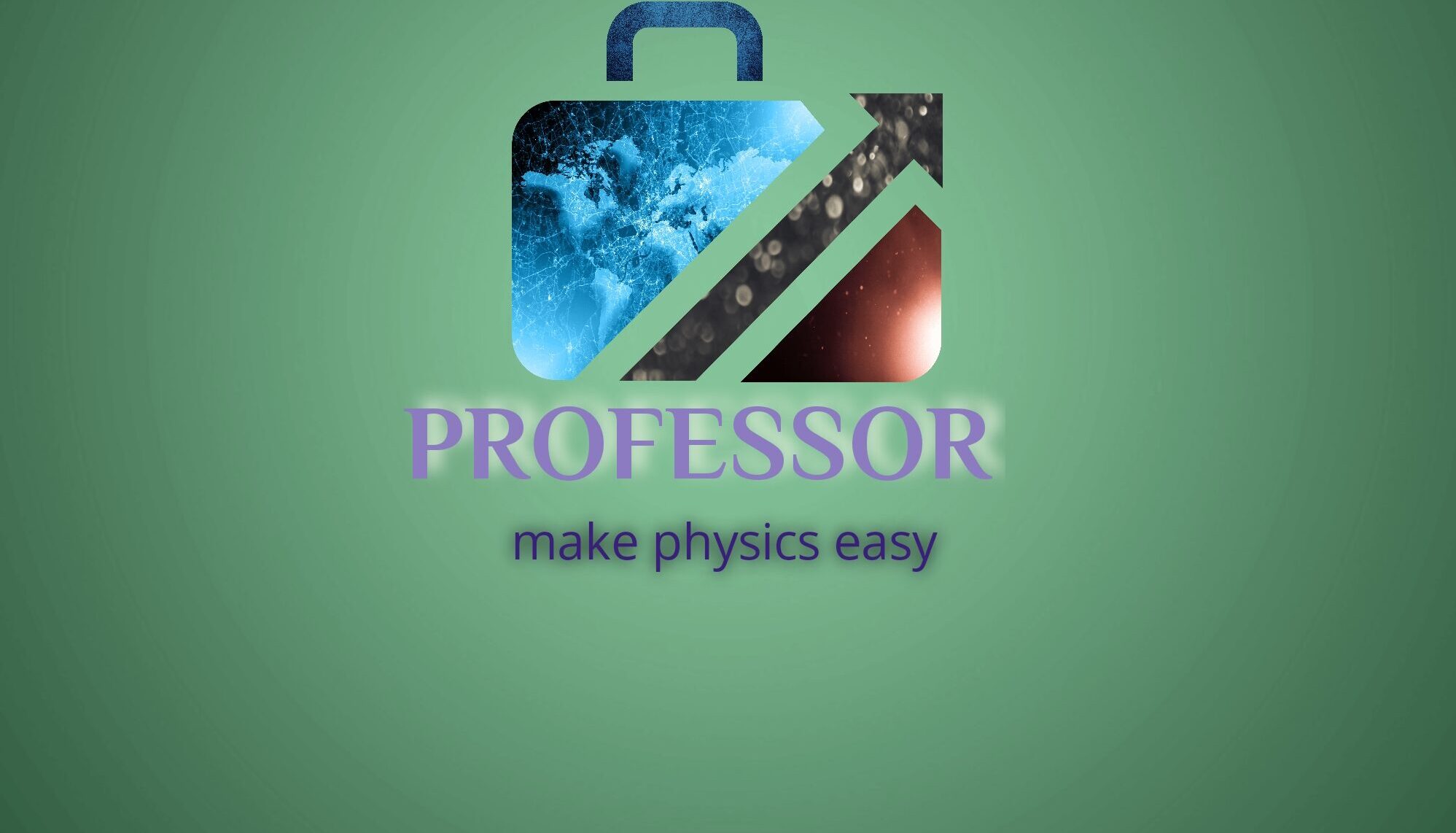Electric Current
Electric current is the rate of flow of electric charge through a conductor or a space. The electric charge can be carried by different types of particles, such as electrons, protons, ions, or holes. The SI unit of electric current is ampere (A), which is defined as the amount of charge passing through a point in a circuit per unit time.
Electric Current
To measure the electric current in a conductor, we can use the following formula:
I = ΔQ/Δt
where I is the electric current, ΔQ is the amount of charge that flows through a cross-section of the conductor, and Δt is the time interval. This formula gives the average current over the time interval Δt. To find the instantaneous current, we can use the limit as Δt approaches zero:
I = dQ/dt
The direction of electric current is conventionally taken as the direction of the positive charge carriers, even though in most conductors the charge carriers are electrons, which are negative. Therefore, the electric current is opposite to the direction of the electron flow.
Electric current is not a vector quantity, but we can define a vector quantity called current density (J) to describe the distribution of current in a conductor. The current density is the current per unit area of the cross-section of the conductor, and its direction is the same as the direction of the electric field (E) inside the conductor. The current density can be calculated as:
J = I/A
where J is the current density, I is the electric current, and A is the cross-sectional area of the conductor. The SI unit of current density is ampere per square meter (A/m2).
The total current through a conductor can be obtained by integrating the current density over the cross-sectional area:
I = ∫ J · dA
where dA is the area vector of a small element of the cross-section, perpendicular to the element.
Electric current can produce various effects, such as heating, magnetic, and chemical effects. The heating effect of electric current is the result of the collisions between the charge carriers and the atoms of the conductor, which increase the kinetic energy and the temperature of the conductor. The magnetic effect of electric current is the generation of a magnetic field around the conductor, which can interact with other magnets or magnetic materials. The chemical effect of electric current is the production of chemical reactions in the conductor or in the surrounding medium, such as electrolysis or electroplating.
